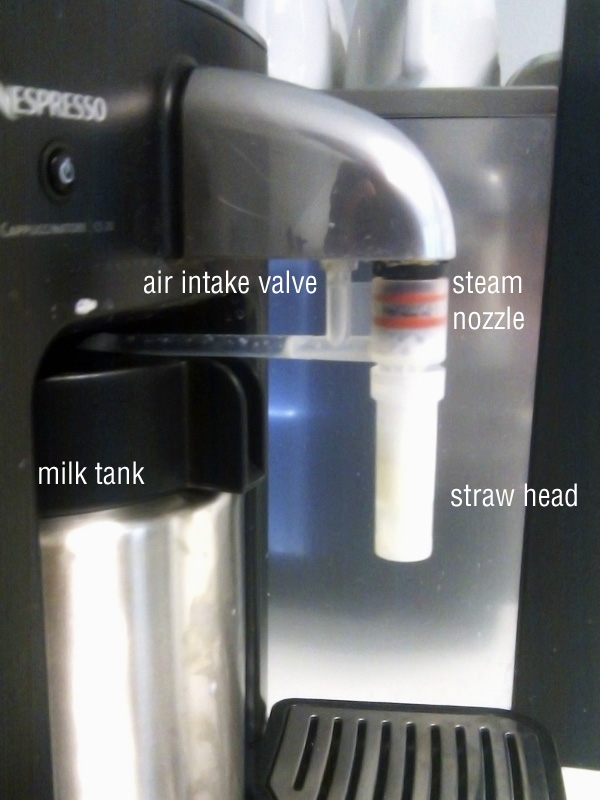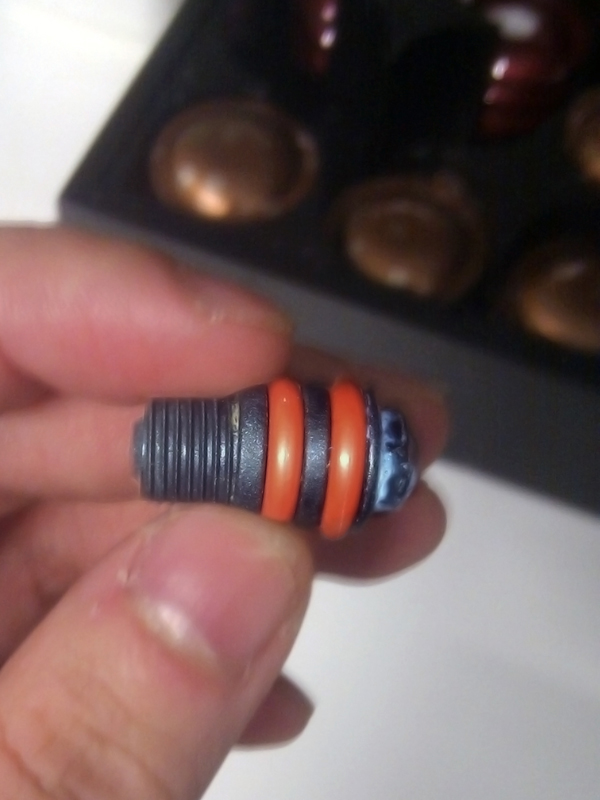
At work, the milk frother had started acting up again. No one was having their morning coffee. And everyone was cranky. Our milk frother came as a set with the coffee machine – a Nespresso Gemini CS 20 – was making milk bubbles instead of foam for our cappucinos. Not keen on waiting on a Nespresso technician, various colleagues have taken to trying to fix the machine themselves. Alas, their efforts were to no avail. I came onto the scene, stared at the machine for a while, thought for a bit, and accurately deduced the problem.
Now, lest you think this is a self-congratulatory tale of my own brilliance, rest assured it is not. Instead, it is a cautionary tale about pragmatism.
How the Problem Was Diagnosed
To me, the problem was a simple one. I’ve used the machine at least 500 times * it’s been in the company for 2 years, I drink on average 2 cups of cappucino at work daily, and there are at least 250 working days in a year – I’ve also lightly cleaned it a couple of times, so I would have a little inkling of how it worked. Despite never having seen the insides of the machine, I have a pretty good guess as to what is in it.
There is a water reservoir on the side of the machine (you can see the water’s reflection in the picture above). Press a button and steam comes out from the nozzle (the red rings) at high pressure. The steam goes through the straw head (the plastic bit that is attached to the steam nozzle), and using the Venturi effect, milk (from the milk tank) and air (from the air intake valve).
If this sounds a little familiar, it’s because aspirators work in the same way, and anyone who’s been to a high school physics lab would have seen an aspirator being used as a vacuum pump.
Thankfully for me, I’m fairly good at physics * it comes with being Asian and also being a nerd , so the Venturi effect was pretty obvious to me. With that knowledge in hand, my head jumped to the next question: what causes bubbles? The function of the nozzle and the straw head is to mix a good proportion of air into the oncoming flow of milk. Bubbles mean that there was more air in the mixture than milk. How did that happen?
If you notice from the picture above, the entire set up is essentially two Venturi tubes stuck together – i.e. there are two pumps. That didn’t escape my attention, and I immediately theorized that the pumps work in this way:
- Steam from the steam nozzle functions as a working liquid for the Venturi tube, creating a suction that sucks milk up from the milk tank.
- Milk flowing along the straw creates a suction that sucks air from the air valve.
- Milk and air and steam mix in the straw head.
- Delicious frothed milk appears.
Of course I could still be wrong about how this works – so if any physicists or Nespresso employees reading this blog would like to correct me I’d be happy to make corrections.
Back to bubbles. Bubbles meant a larger-than-normal amount of air was being mixed in. It could mean a more open air-intake valve. Or it could mean other things. The obvious and easiest one to eliminate was checked first. I closed the air intake valve to its tightest, and yet bubbles were still being mixed. There were no leaks elsewhere. This, it turned out was how I diagnosed the problem.
You see, the valve cannot be sealed (it would make no sense – only steam and milk would mix\* The steam would cause the casein in the milk to unwind, and the hydrophobic parts of the casein will form bubbles around pockets of air, which forces the casein to stay unwound, and hence tastier milk ) – a fully closed valve would cause the perfect ratio of milk, air and steam to mix for a cappucino. That leaves the only other option – too much air is being sucked in. And this would mean the flow rate of the milk was too fast [ref]Since [latex]V = \int {Q dt}[/latex]; and [latex]Q \propto \sqrt{\rho}[/latex] [/ref]. And that implied that the steam was coming out at too high a pressure.
Since [latex] \rho \propto \frac {1}{A} [/latex], the next probable cause was this: something was clogging the steam nozzle.
Was it a reasonable conclusion? Yes it was. Backflow is a common phenomena in pressure pumps – especially when you turn it off. It would not be inconceivable that some of the milk-air-steam mixture got backflowed into the nozzle, and gunked up, clogged the nozzle and caused higher steam pressure.
How the Problem was Solved
I was satisfied with the conclusion I came to, I tried to fix it. A clogged nozzle would be a fairly simple fix – stick something up the nozzle. And I tried. The steam nozzle has a very very very small hole, and it was hard to find something small enough to fit in it. I tried a variety of implements – from forks to kebab sticks to unbent paper clips. They were all too big to clean the nozzle properly. So, having spent a good 5 minutes trying to clean the nozzle (and I spent less than 1 minute figuring what was wrong with it), I went to the office manager and told her to call up the Nespresso people – I have failed to fix it. She asked if I had diagnosed the problem yet, and I told her that I suspect it was the nozzle being clogged, and the Nespresso people should replace the pump/nozzle.
She got up, walked over to the machine, and did this:

Yes, she simply unscrewed the nozzle, and handed it to me. I rinsed it with water, used a fork to dig out the gunk, and the machine worked as new. Problem solved.
The Moral of the Story
The moral of the story is simple. Knowledge and experience have their respective places in problem solving. No one figured out what caused the machine to make bubbles instead of frothed milk (and almost the entire office tried to figure it out). I did. However, I didn’t expect the nozzle to be unscrewable. I hadn’t known it because I had only in my entire working span in the office, cleaned the milk frother twice. And that involved me pouring out old milk and rinsing the milk tank and replacing the milk. On the other hand, the office manager might not have known why bubbles were forming, but she did a lot of the cleaning and she knew the nozzle could be removed.
Yes, she could have cleaned the milk frother in her routine and accidentally fix the problem. And yes, I could have read the fucking manual (surprise surprise, there IS a manual, and it IS stated* well, illustrated, really that the nozzle was removable and cleanable). But either way, it’d have taken much longer to fix.
As you can tell, I did feel rather silly making a rather pompous claim that we should call the Nespresso technicians to replace the pump in its entirety when it could have been solved by simply unscrewing and washing it. I wasn’t very pragmatic in my solution. Of course, I wasn’t very good at searching the solution space either. I suppose one can define pragmatism as some sort of global minimax function performed over the solution space, and I had only found 2 local minimas (poke nozzle with fork; call Nespresso technician). So, the moral of the story – look at more dimensions and widen the search over the solution space.